The esophagus As a flexible muscle tube, it is primarily used to transport food from the throat to the stomach and is not itself involved in the digestive processes. Heartburn and difficulty swallowing are signs of impairment of the esophagus, which require medical clarification.
What is the esophagus?

The Esophagus (esophagus) is a stretchable muscle tube that serves as a connection between the throat and stomach, primarily for the transport of food between these two structures.
As a result of its elasticity, which allows it to expand up to 3.5 cm in diameter, the esophagus can largely adapt to the size of the food ingested in terms of shape and size. However, this is physiologically impossible at three narrow points (cricoid cartilage, aortic narrow, diaphragmatic), so that insufficiently chewed food or swallowed foreign bodies can block the esophagus.
In addition, these constrictions are of clinical importance, since tumors or inflammations manifest themselves primarily in these sections of the esophagus.
Anatomy & structure
In adult humans, the esophagus a length of 25 to 30 cm with a diameter of about 2 cm and can be divided into three sections.
The neck section connects to the larynx (larynx) and extends to the transition into the chest cavity. The part of the chest that runs through the rib cage is the longest section of the esophagus at around 16 cm and lies initially behind the trachea and then behind the heart. The subsequent 1 to 4 cm long esophageal section runs through the so-called hiatus oesophageus (opening of the diaphragm) into the abdomen (abdominal cavity).
The innermost layer of the esophagus consists of the mucous membrane, a thin connective tissue layer and a muscle layer through which the surface of the mucous membrane can be adapted to the food. The glandulae oesophageae (esophageal glands), which form the esophageal mucus and ensure the ability of the esophagus to slide, are located in the middle layer of the connective tissue.
The outermost layer consists of muscle layers that ensure the transport of food, and a layer of connective tissue that loosely connects the esophagus with the adjacent tissue structures.
Functions & tasks
The main function of the Esophagus consists in the transport of the ingested food from the pharynx to the stomach, which is controlled centrally by the reflex-like interaction of the transverse and longitudinal muscles of the middle layer.
In addition, the lumen (interior) of the esophagus is closed at its cranial (belonging to the head) and caudal (lower) ends by what are known as the esophageal sphincter (sphincter). During the act of swallowing, the cranial sphincter relaxes, so that the food can pass from the throat area into the esophagus. The food is transported to the lower end via wave-like contractions of the muscles (peristalsis).
If this peristaltic wave reaches the caudal end, the esophageal sphincter located there opens reflexively and the food can reach the stomach for digestion. In addition, the function of the esophageal sphincter ensures that no aspiration (inhalation of food or foreign bodies) takes place when swallowing and that the acidic stomach contents do not flow back into the esophagus and damage the esophageal mucosa.
The peristaltic muscle activity also ensures constant self-cleaning of the esophagus. Swallowed saliva also serves to neutralize stomach acid in the esophagus.
Diseases
Disorders of the esophagus usually manifest with difficulty swallowing (dysphagia), heartburn, pain behind the sternum (breastbone) and cough. One of the most common impairments is an impaired occlusion of the lower esophageal sphincter (cardiac insufficiency), which allows acidic and aggressive stomach contents to flow back into the esophagus.
This reflux of gastric acid, known as gastroesophageal reflux, causes irritation of the esophageal mucosa, which, if left untreated, can later lead to inflammation or reflux esophagitis. In addition, there may be mechanical disorders of the esophagus, which can be related to mucosal sacs (esophageal diverticulum), an acquired expansion of the hiatus oesophageus (hiatus or sliding hernia) or displacements of the esophagus through membranes or narrowing caused by scarring or foreign bodies.
Restrictions in the mobility of the esophagus are subsumed under the term motility disorders. These include achalasia, in which the lower esophageal sphincter cannot relax, an idiopathic diffuse esophageal spasm that is associated with contractions in the middle and lower section that restrict the peristalsis, and a hypercontractile esophagus (also known as the nutcracker esophagus), which is seizure-like long or extremely strong contractions in the characterize the distal section.
If the immune system is weakened, bacterial, viral and mycotic infections or noxious substances (including drugs, radiation) can cause inflammation of the esophagus (esophagitis). Rare carcinomas (esophageal carcinoma or esophageal cancer), which quickly infiltrate and metastasize the surrounding connective tissue of the esophagus, manifest themselves primarily at the three physiological constrictions.
You can find your medication here
➔ Medication for heartburn and bloatingTypical & common diseases
- Esophagitis
- Narrowing of the esophagus
- Esophageal diverticulum (esophageal diverticulum)
- Reflux disease
- Diffuse esophageal spasm

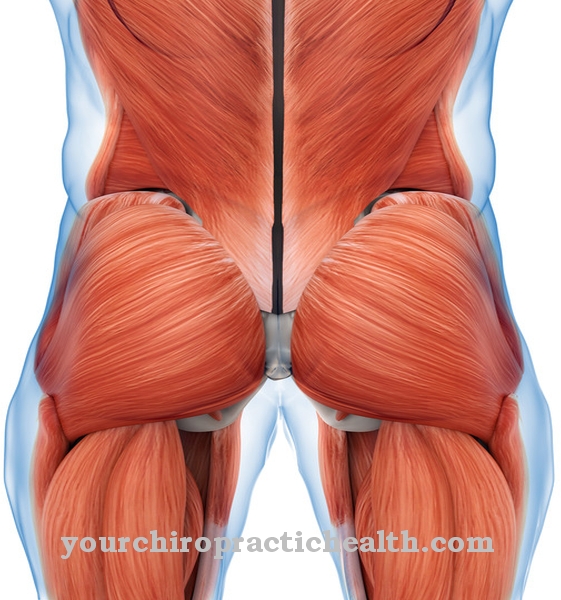
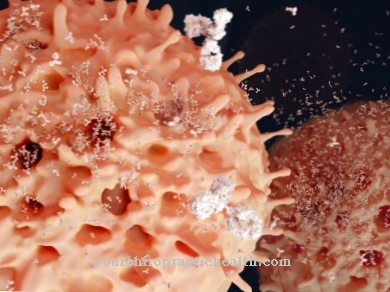
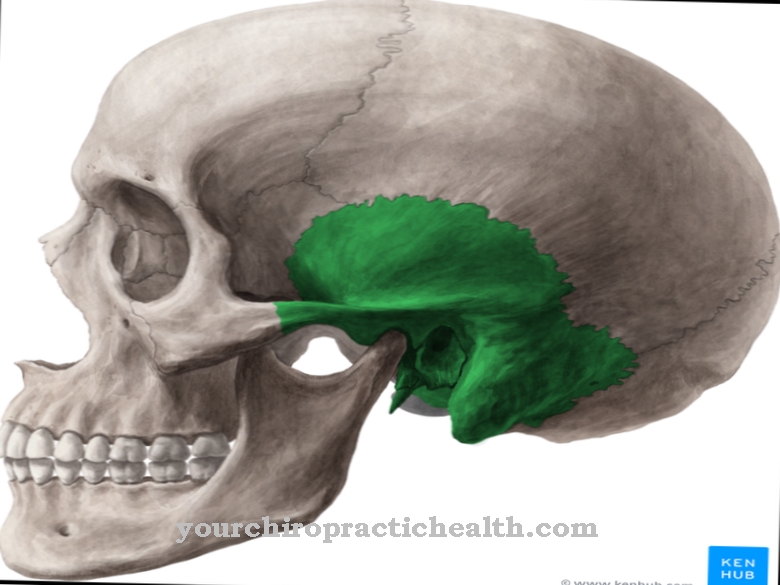
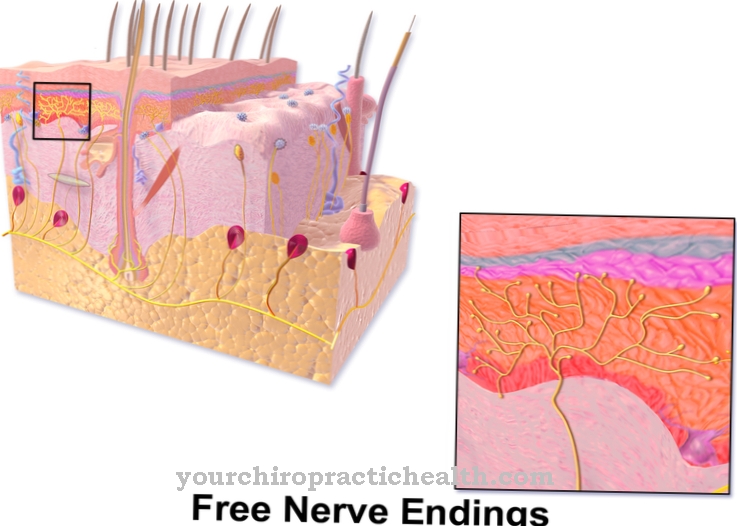

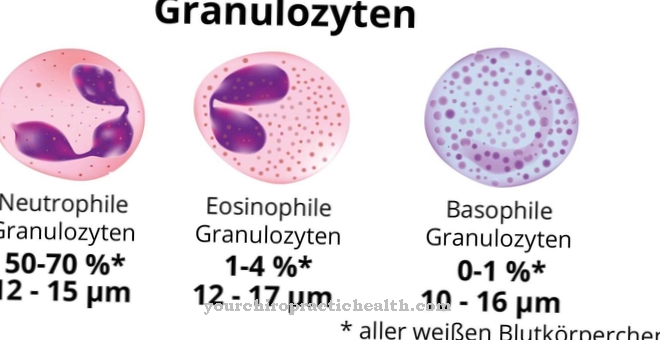


















.jpg)

.jpg)
